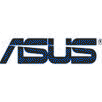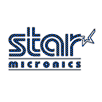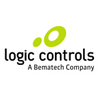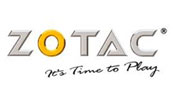 |
|
|
|
|
| Cuisines | Herbal | Spice | Curry | Yeast | Recipe | ||||||
|
Nutritional Yeast Nutritional yeast is a deactivated yeast which is sold commercially as a food product. It's sold in the form of flakes or as a yellow powder similar in texture to cornmeal, and can be found in the bulk aisle of most natural food stores. It is popular with vegans and vegetarians and may be used as an ingredient in recipes or as a condiment. It is a source of protein and vitamins, especially the B-complex vitamins, and is a complete protein. It is also naturally low in fat and sodium and is free of sugar, dairy, and gluten. Sometimes nutritional yeast is fortified with Vitamin B12. Nutritional yeast has a strong flavor that is described as nutty, cheesy, or creamy, which makes it popular as an ingredient in cheese substitutes. It is often used by vegans in place of cheese. It can be used in many recipes in place of cheese, such as mashed and fried potatoes, as well as put into scrambled tofu as a substitute for scrambled eggs. Another popular use is as a topping for popcorn. Some movie theaters offer it along with salt or cayenne pepper as a popcorn condiment. In Australia it is sometimes sold as "savoury yeast flakes." In New Zealand, it has long been known as Brufax. In the United States it is sometimes referred to as "nooch", or "yeshi," an Ethiopian name meaning "for a thousand". Though "nutritional yeast" usually refers to commercial products, inadequately fed prisoners of war have used "home-grown" yeast to prevent vitamin deficiency. Nutritional yeast is different from yeast extract, which has a very strong flavour and comes in the form of a dark brown paste. Nutrition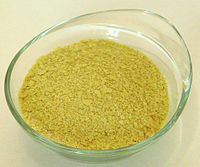 Because nutritional yeast is often used by vegans, who usually need to supplement their diets with vitamin B12, there has been confusion about the source of the B12 in nutritional yeast. Although yeast is closer to animals than plants in their genome and metabolism, they cannot produce B12, which is only naturally produced by bacteria. Some brands of nutritional yeast, though not all, are fortified with vitamin B12. When fortified, the vitamin B12 is produced separately (commonly cyanocobalamin) and then added to the yeast. Although some species of bacteria that can produce B12 could potentially grow along with S. cerevisiae in the wild, commercially produced nutritional yeast is grown in controlled conditions that would normally not allow those bacteria to grow. Therefore, nutritional yeast should not be relied upon as a source of B12 unless it is fortified. Nutritional values for nutritional yeast vary from one manufacturer to another. On average, 2 tablespoons provides 60 calories with 5 g of carbohydrates (of which 4 g is fiber). A serving also provides 9 g of protein and is a complete protein, providing all nine amino acids the human body cannot produce. It is also a source of selenium and potassium. While fortified and unfortified nutritional yeast both provide iron, the unfortified yeast provides 20 percent of the recommended daily value, while fortified yeast provides only 5 percent. Unfortified nutritional yeast provides from 35 to 100 percent of all of the B vitamins, except for B12. Fortified nutritional yeastadds 150 percent of vitamin B12 and 720 percent of riboflavin. Glutamic acidNutritional yeast products do not have any added monosodium glutamate; however, all inactive yeast contains a certain amount of free glutamic acid because when the yeast cells are killed the protein that comprises the cell walls begins to degrade, breaking down into the amino acids that originally formed it. Glutamic acid is a naturally occurring amino acid in all yeast cells, as well as in many vegetables, fungi and meats. |







